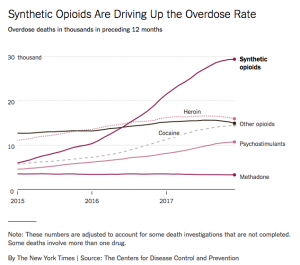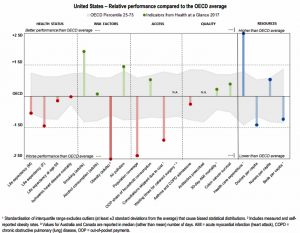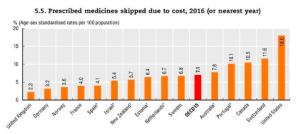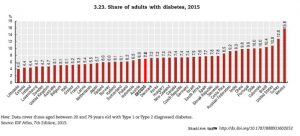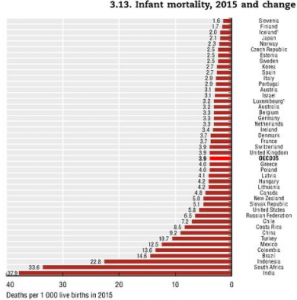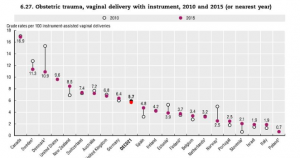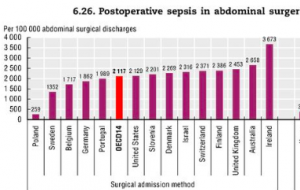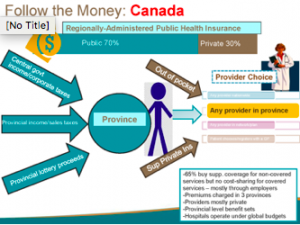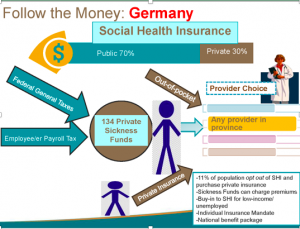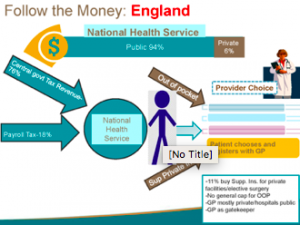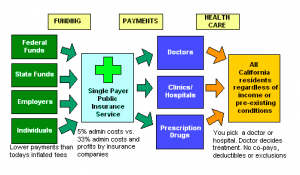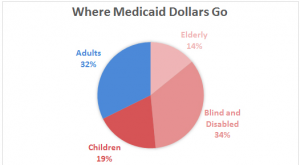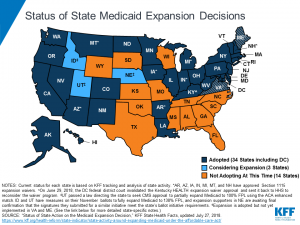The Trump Administration has loosened rules that will allow broader use of asbestos in manufacturing.
Here’s how Fast Company put it:
A lengthy report of EPA’s new “framework” for evaluating risk, placed into effect this month, detailed how it would no longer consider the effect or presence of substances in the air, ground, or water in its risk assessments—effectively turning a blind eye to improper disposal, contamination, emissions, and other long-term environmental and health risks associated with chemical products, including those derived from asbestos.
No one knew how dangerous asbestos was until people started dying from exposure to it. How many thousands of dads, brothers, friends, moms and sisters would have been saved if researchers had studied exposure risks and informed the public? How many tens of billions of dollars would have been saved, not spent on medical care, remediation, lawyers fees?
I don’t think we’ll see any big increase in the use of asbestos – the litigation risk is just astronomical and no insurance company would allow it – so no business will use it (wait, there are unscrupulous business owners that will do anything for profit, so there is some risk…)
But that’s not the point.
The point is that the health risks of any number of substances, compounds, fibers, chemicals will NOT be evaluated before we are exposed to them.
I’m thinking liability insurers are going to be quite concerned by this.
With the EPA abdicating its responsibility to protect the environment and us, the risk of lawsuits and huge awards increases dramatically.
While no insurance company will accept the liability for increased use of asbestos, they may well start re-writing coverage to ensure they aren’t on the hook for tomorrow’s asbestos suits.
What does this mean for you?
Increased health risks over the long term, and increased insurance costs over the near term.

 Mr Gaffney, undated photo from facebook
Mr Gaffney, undated photo from facebook